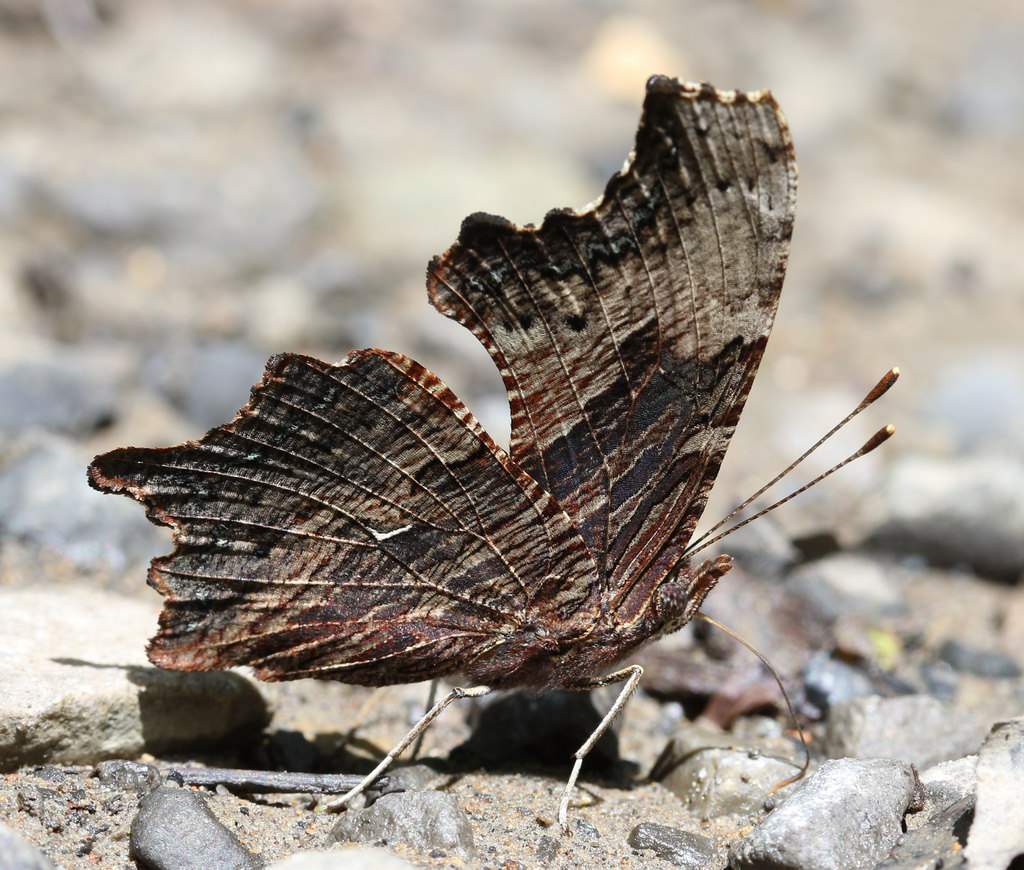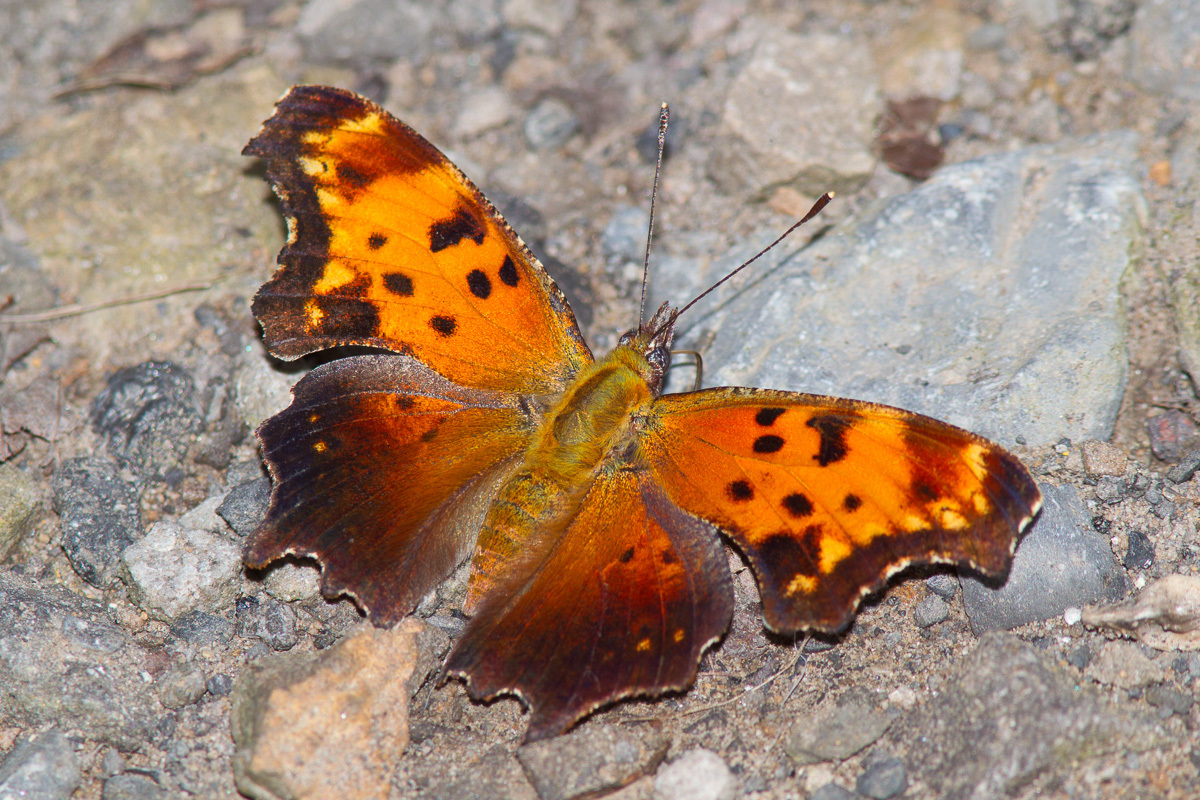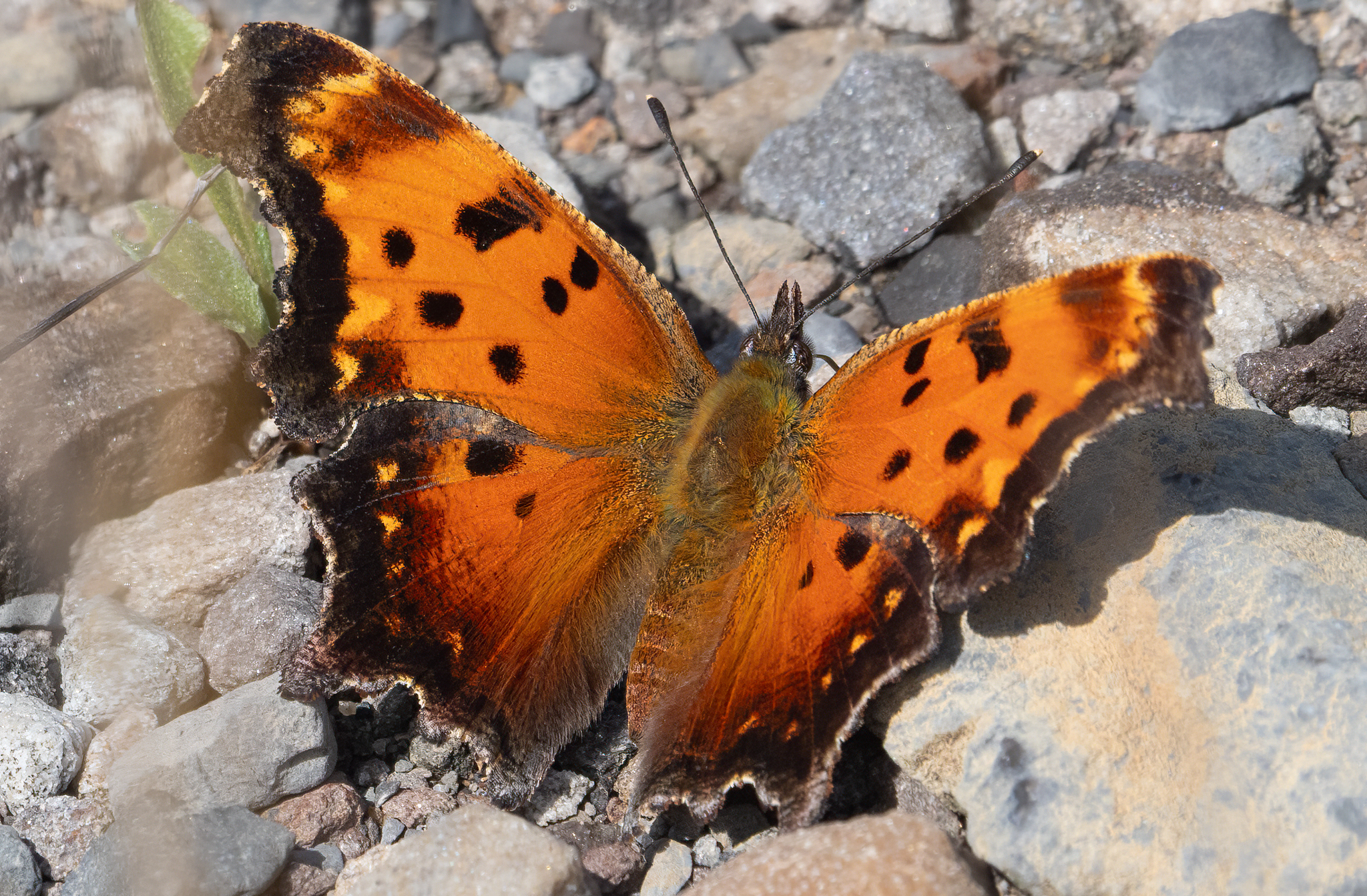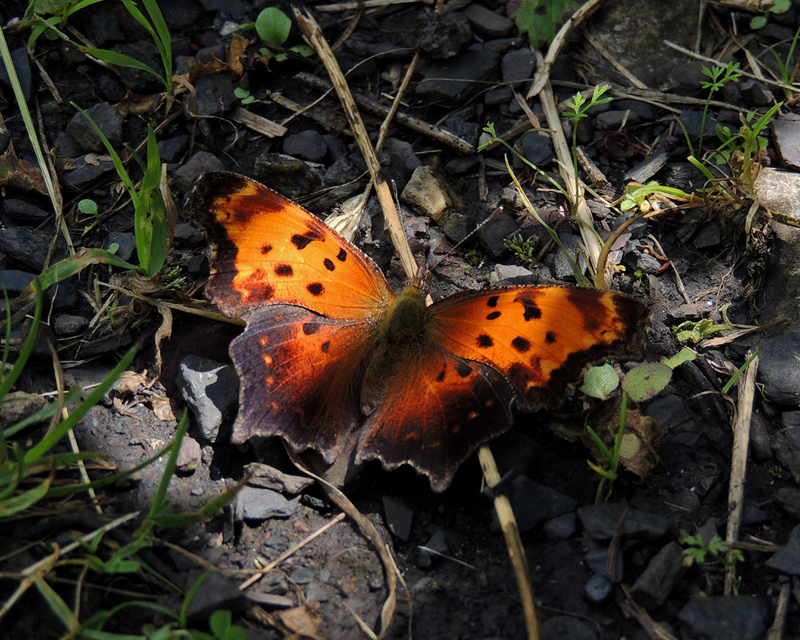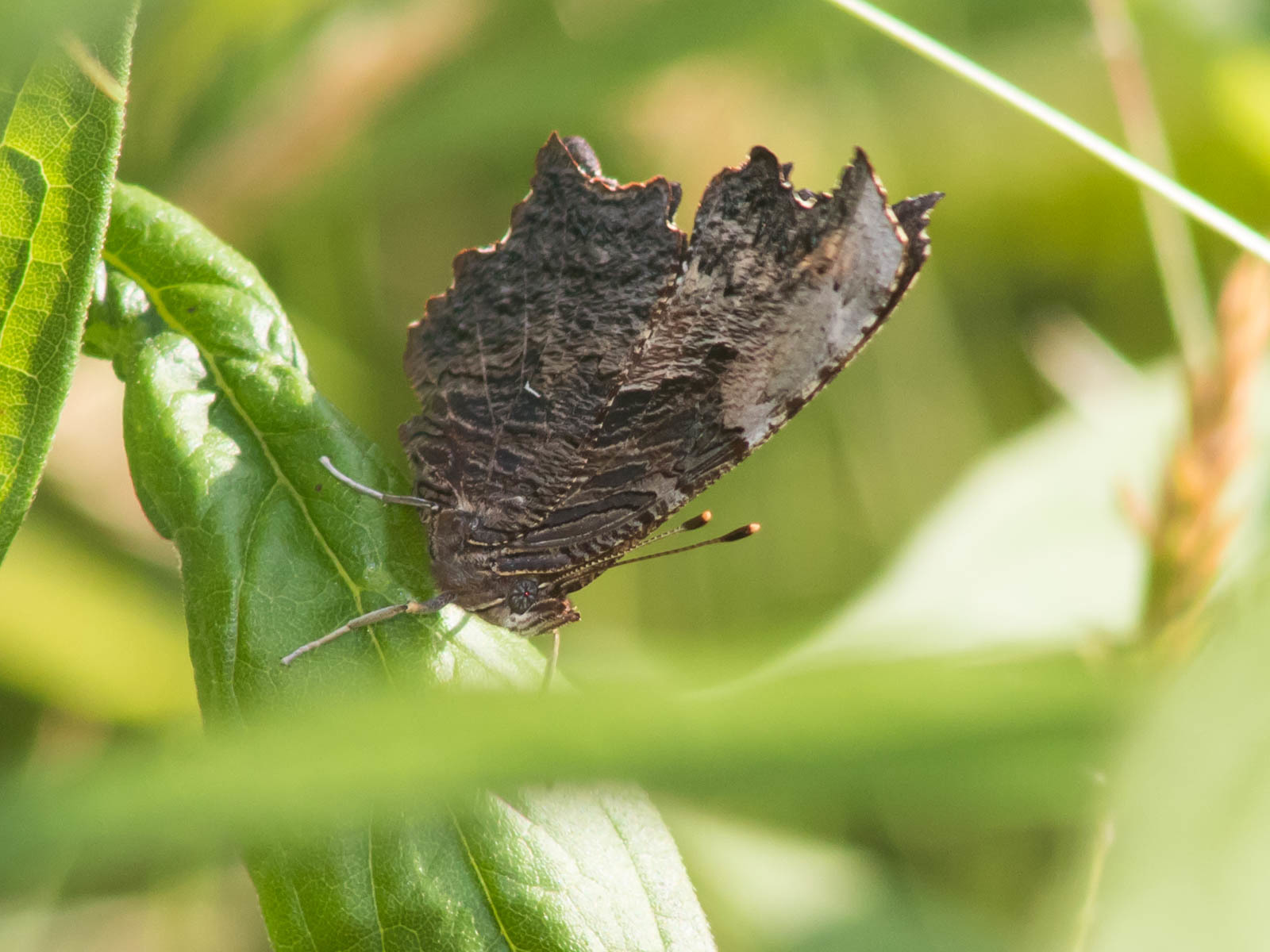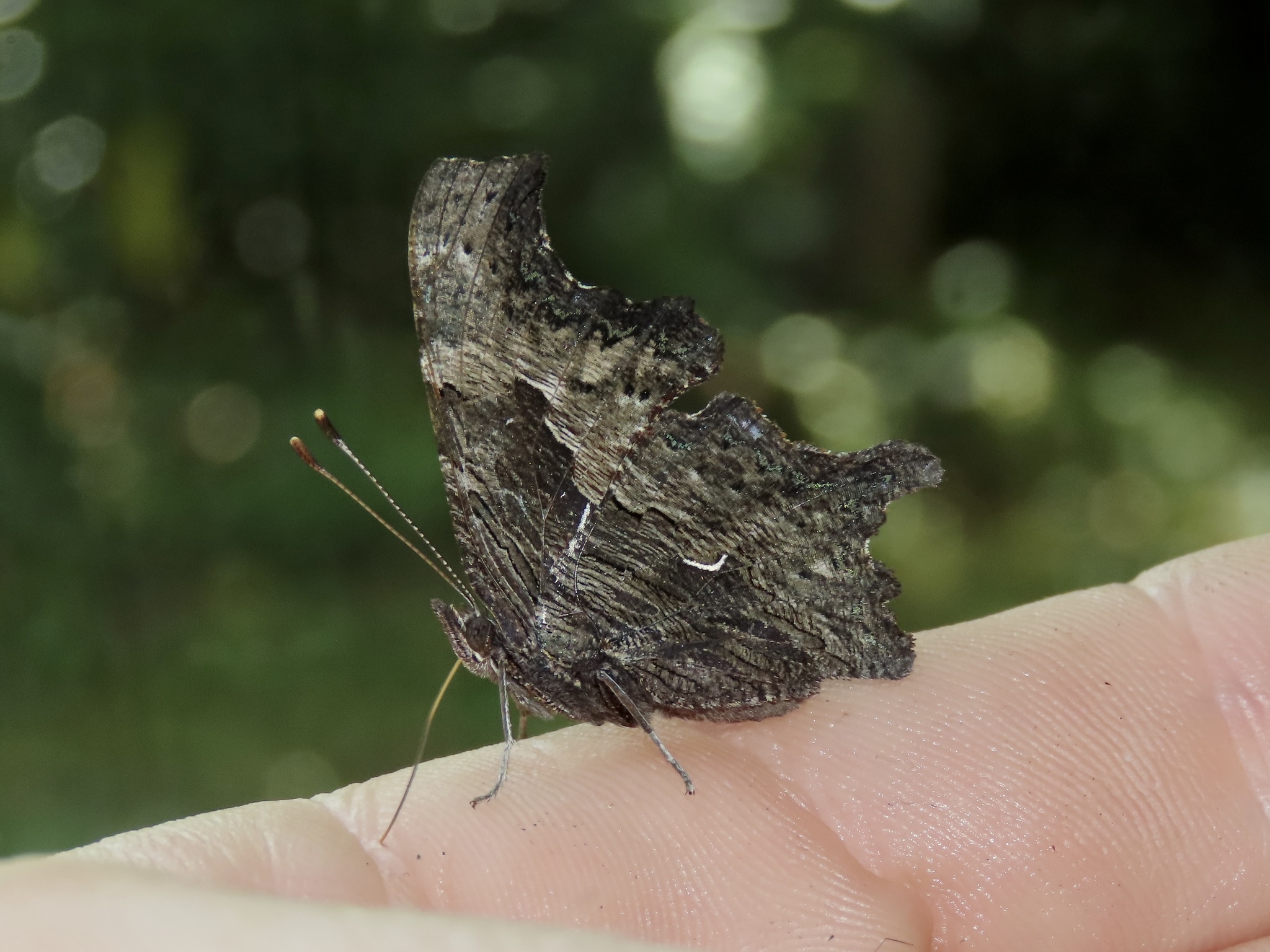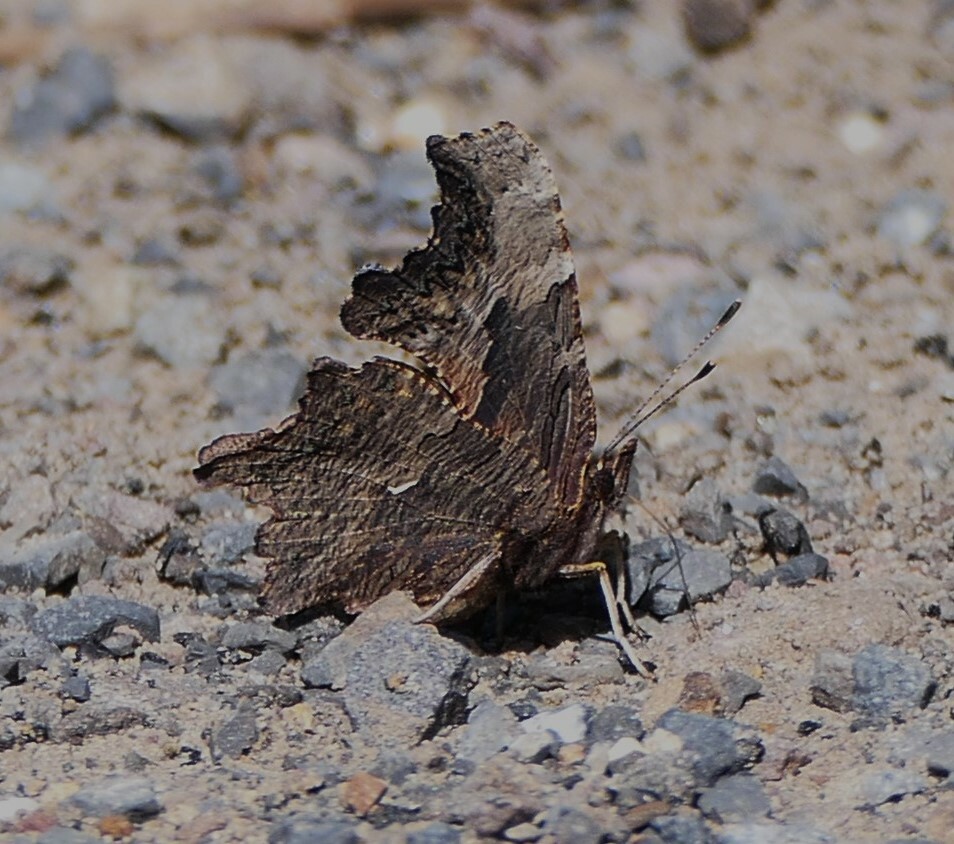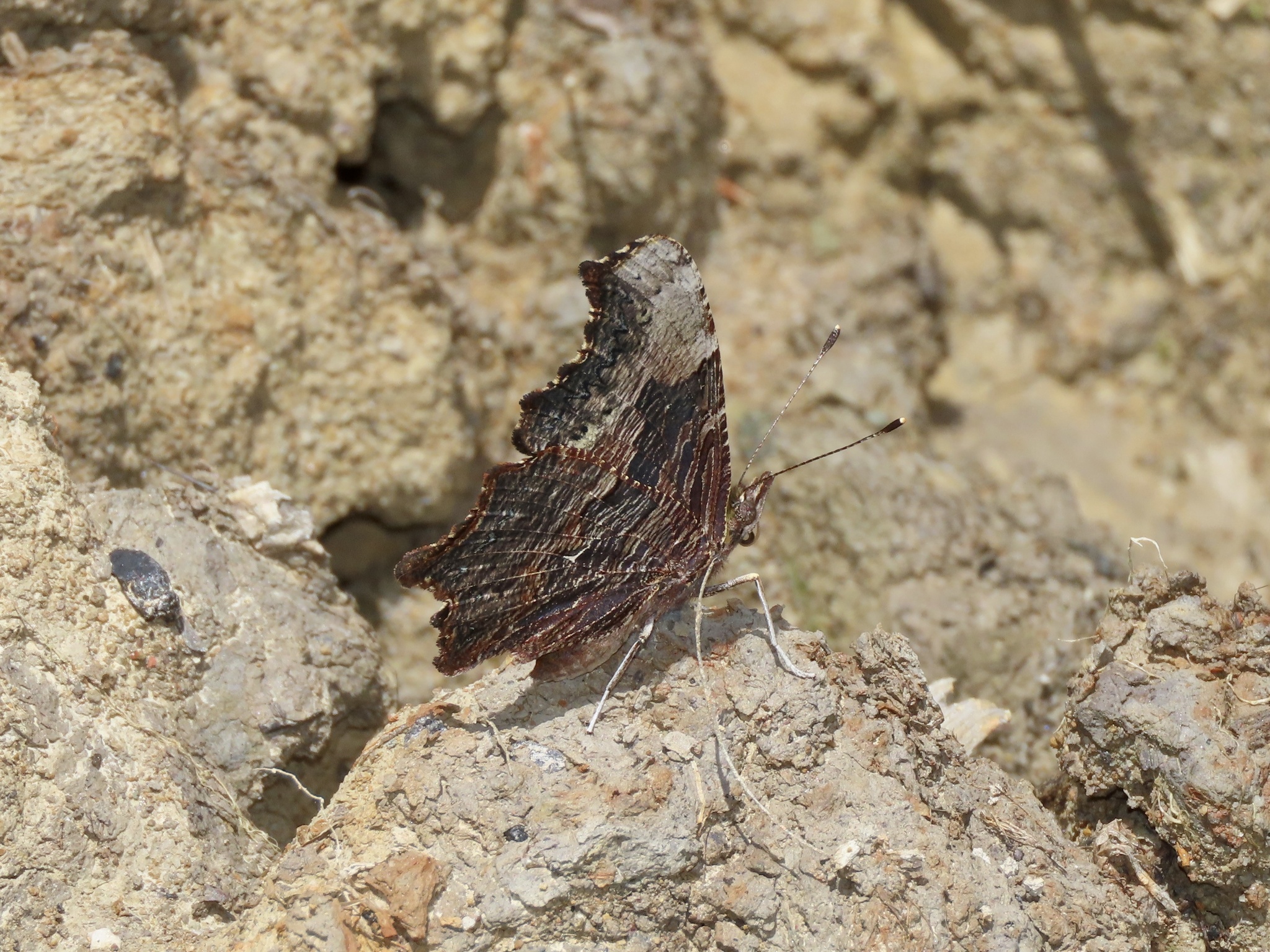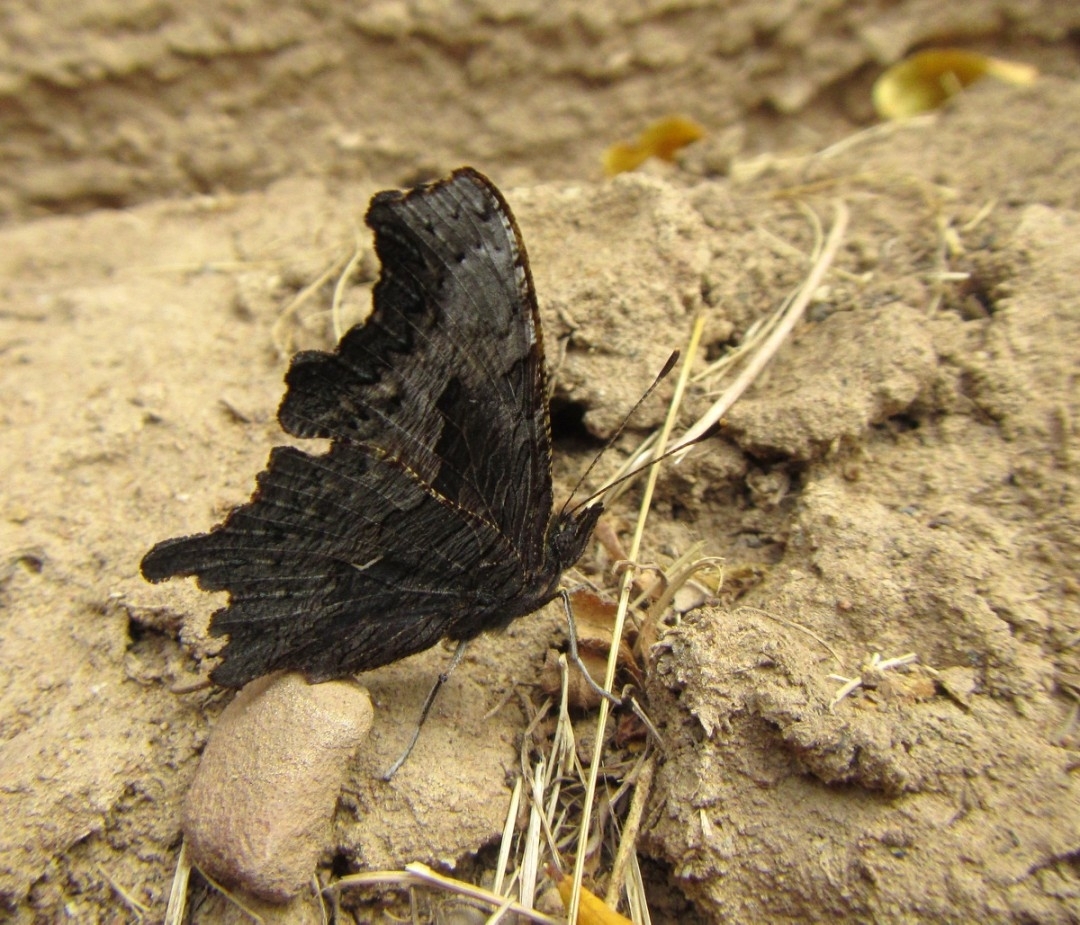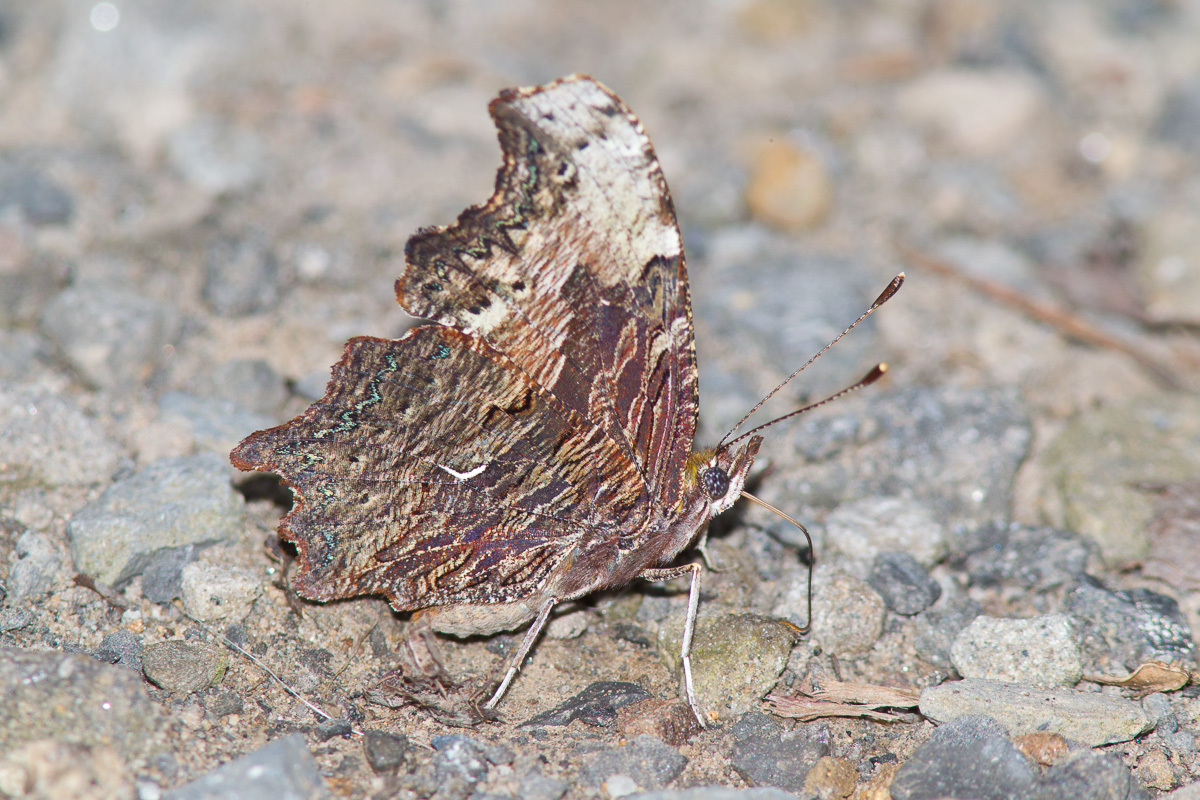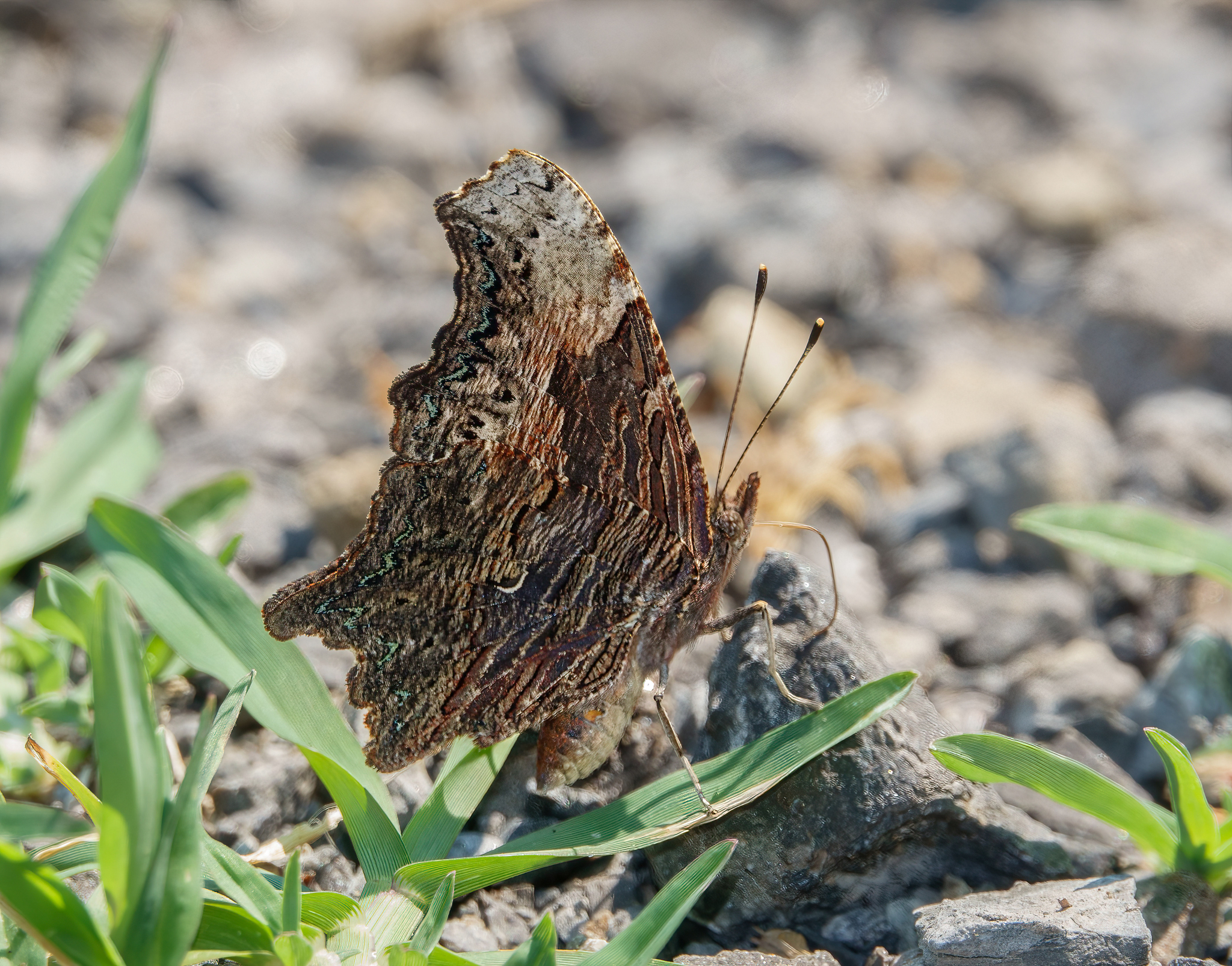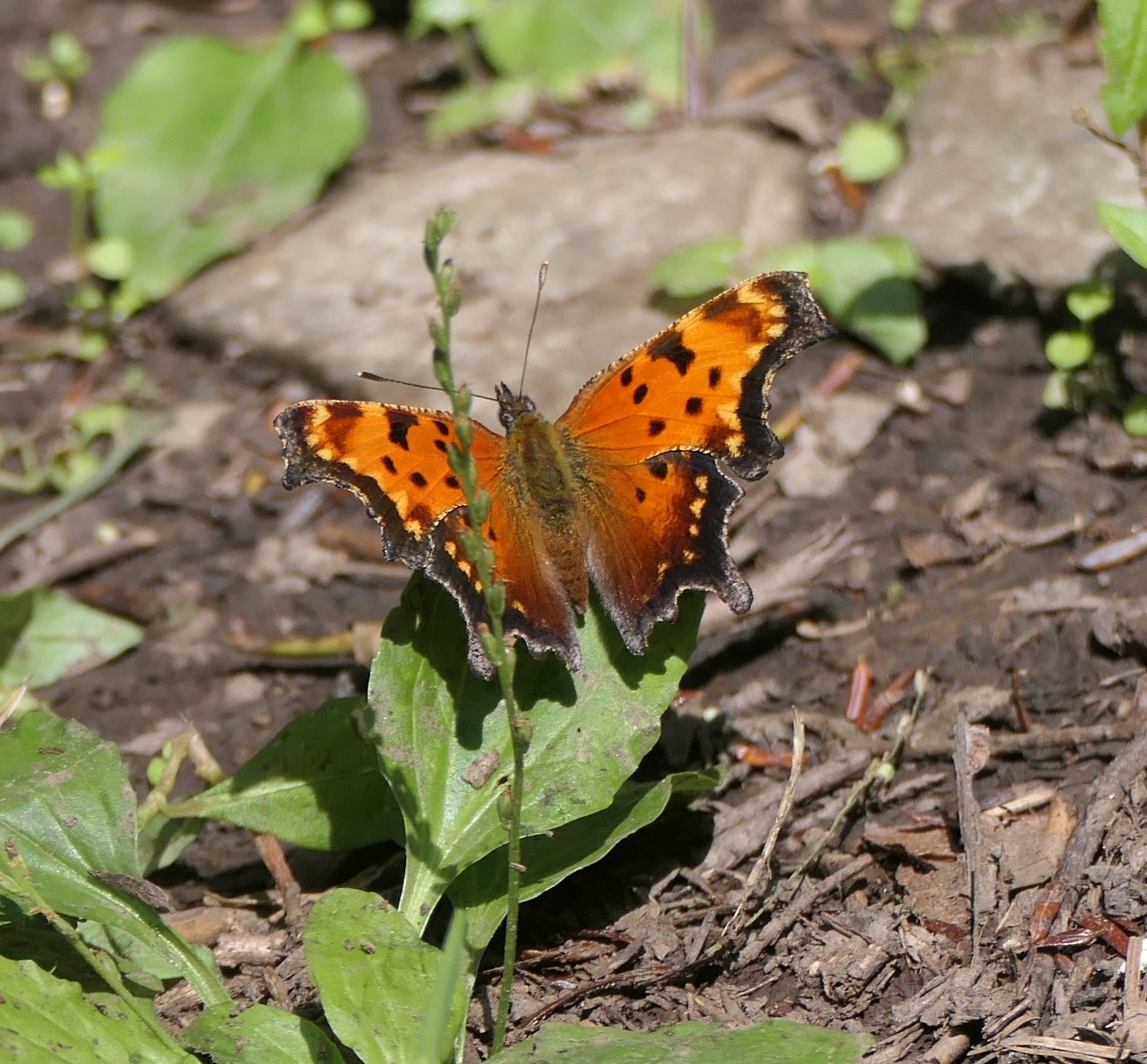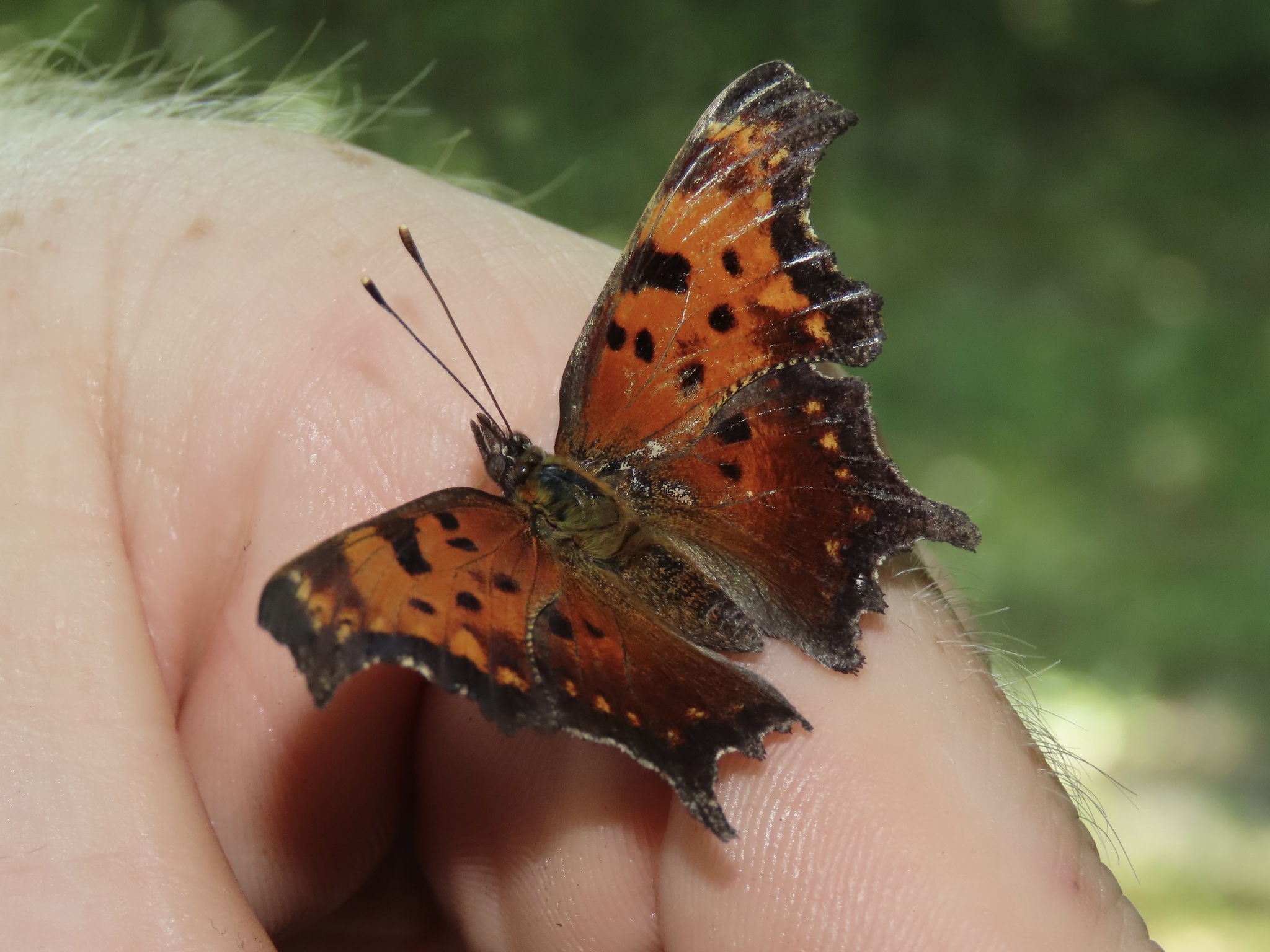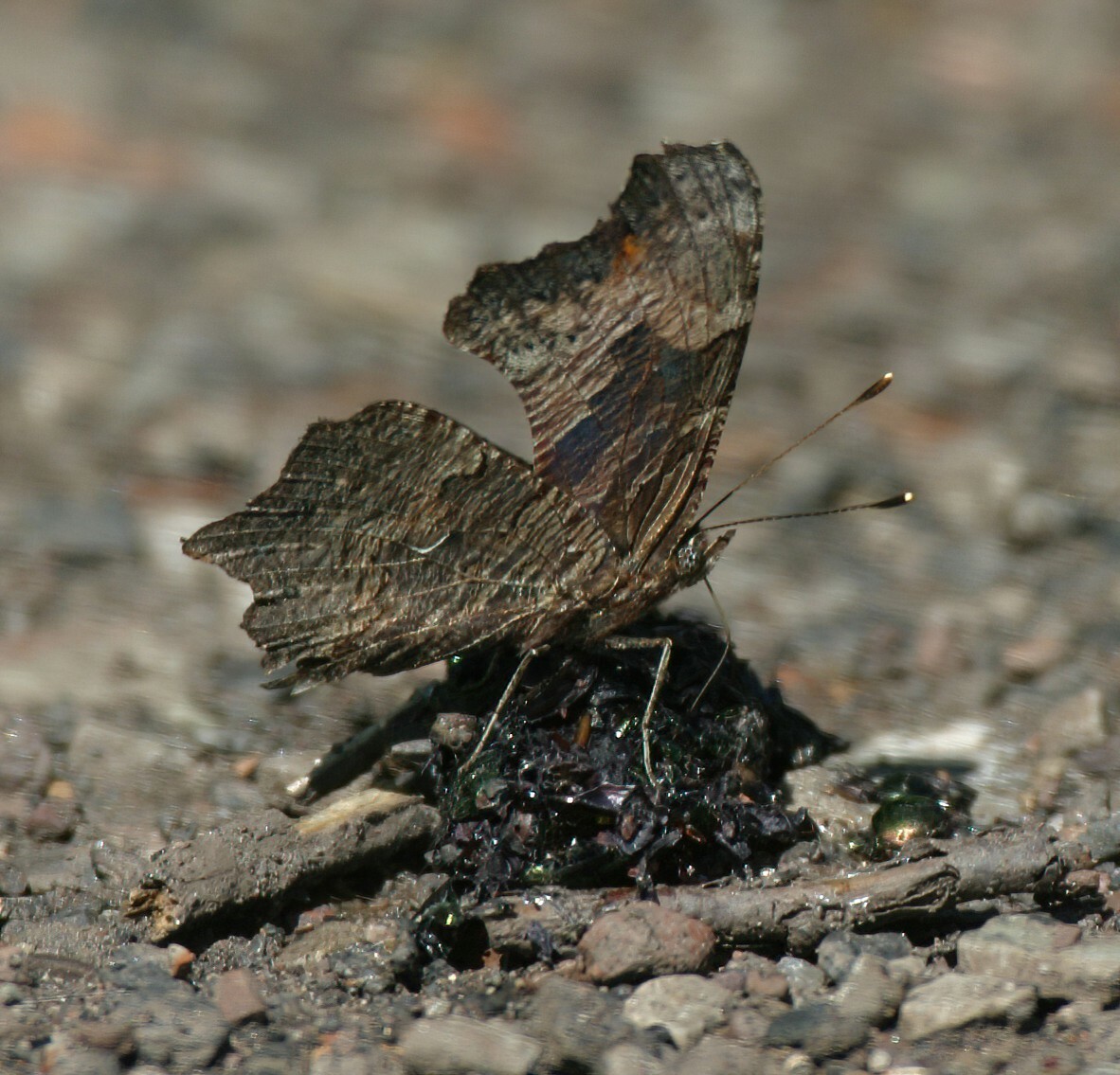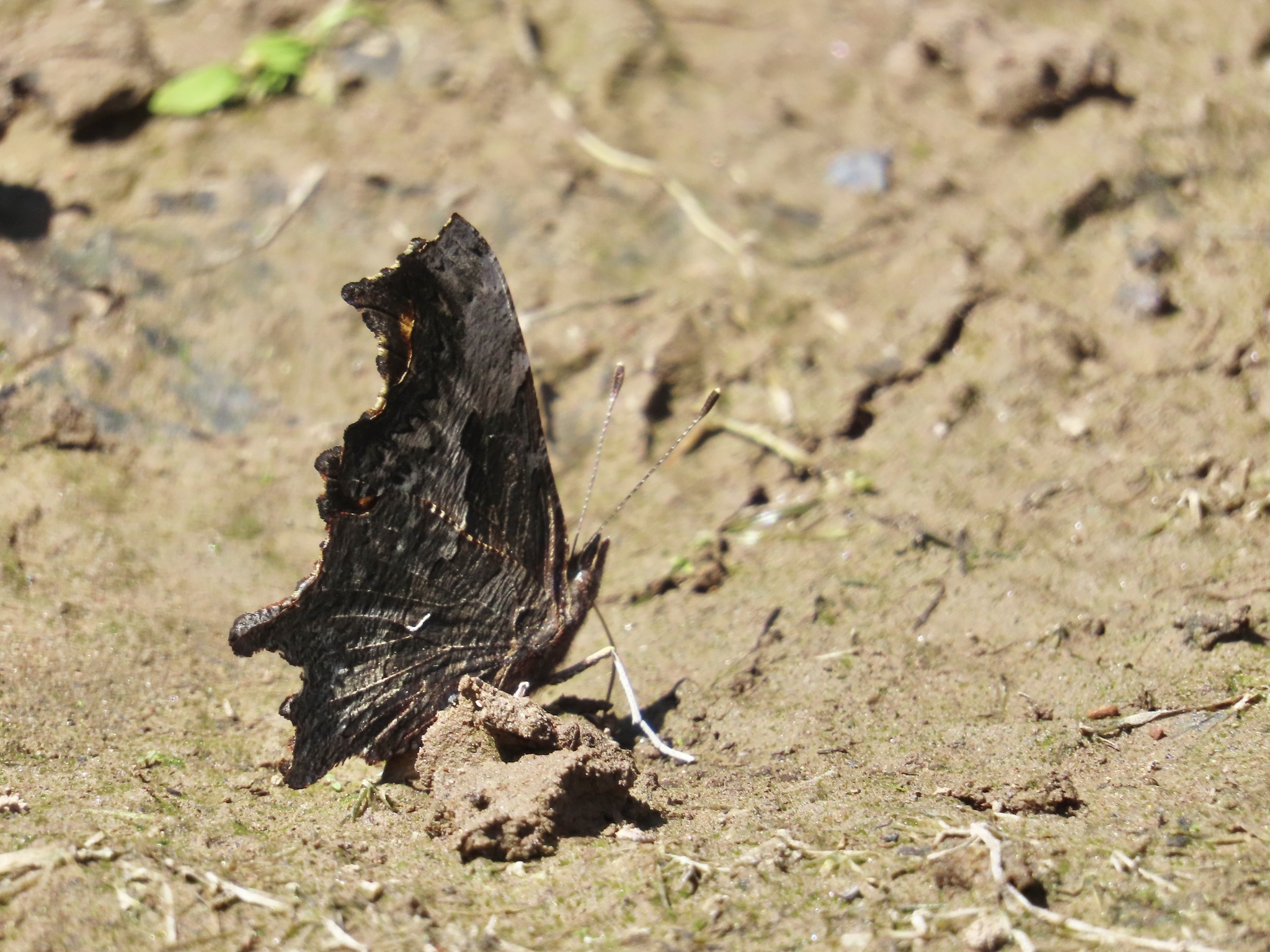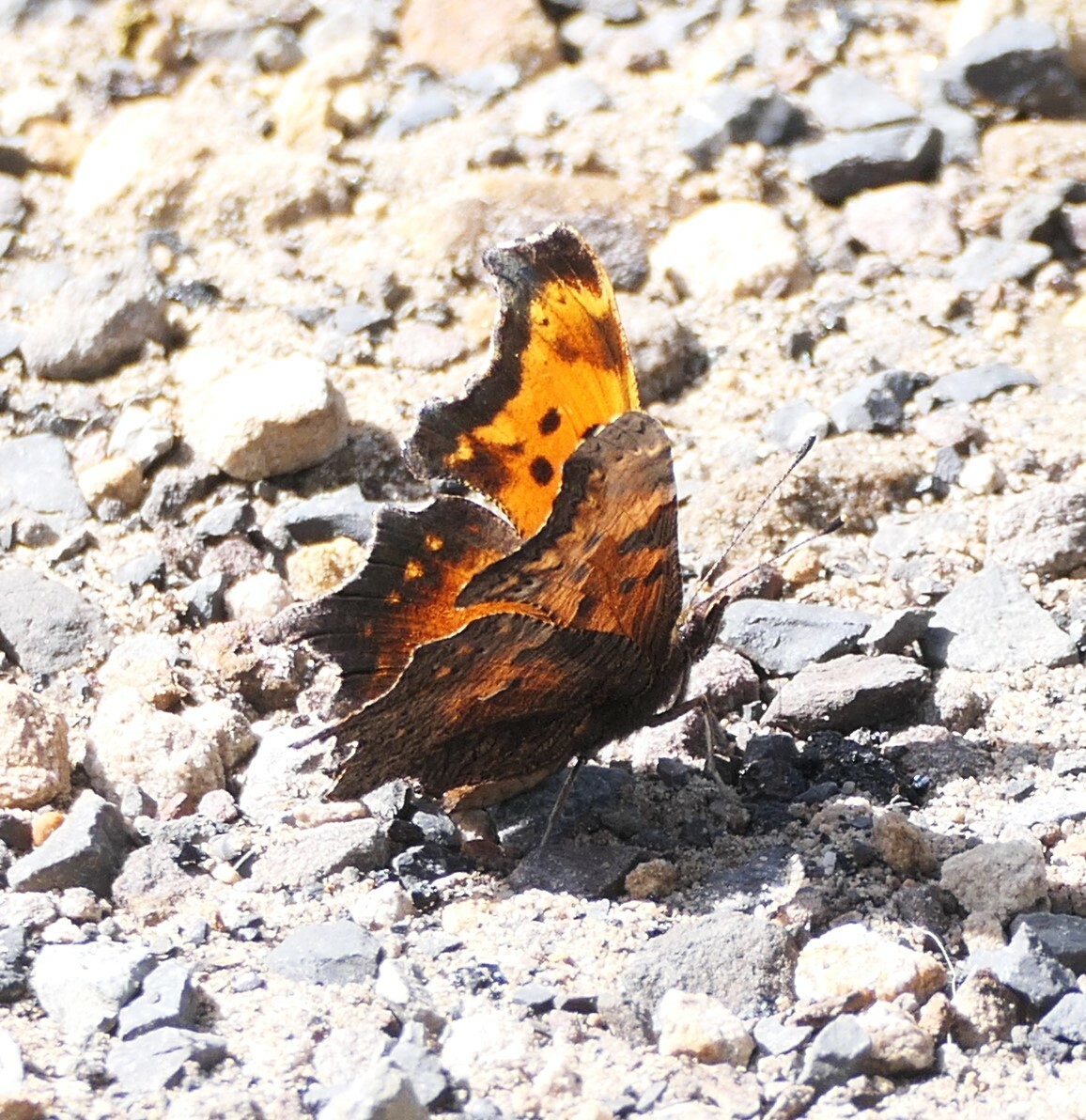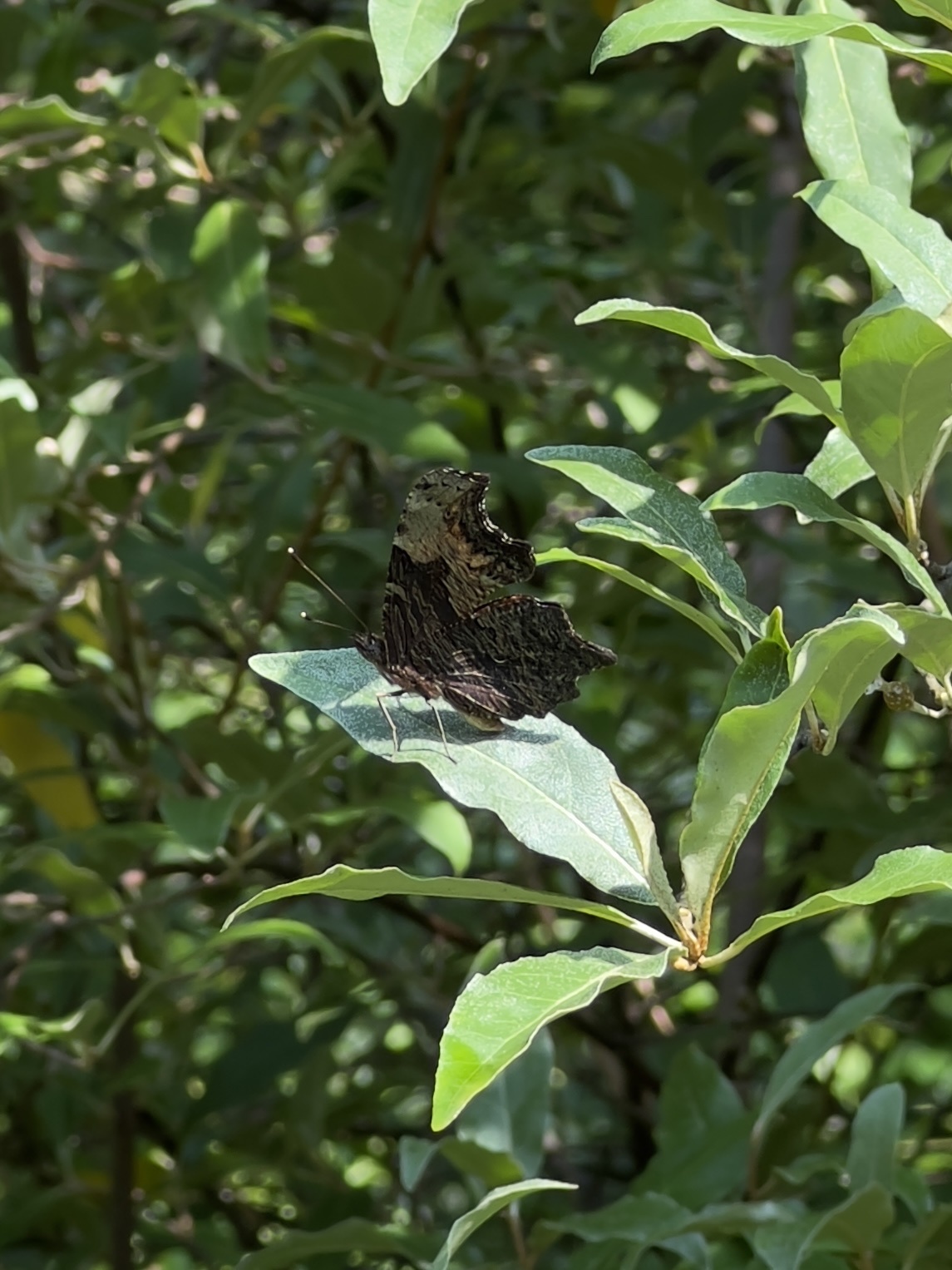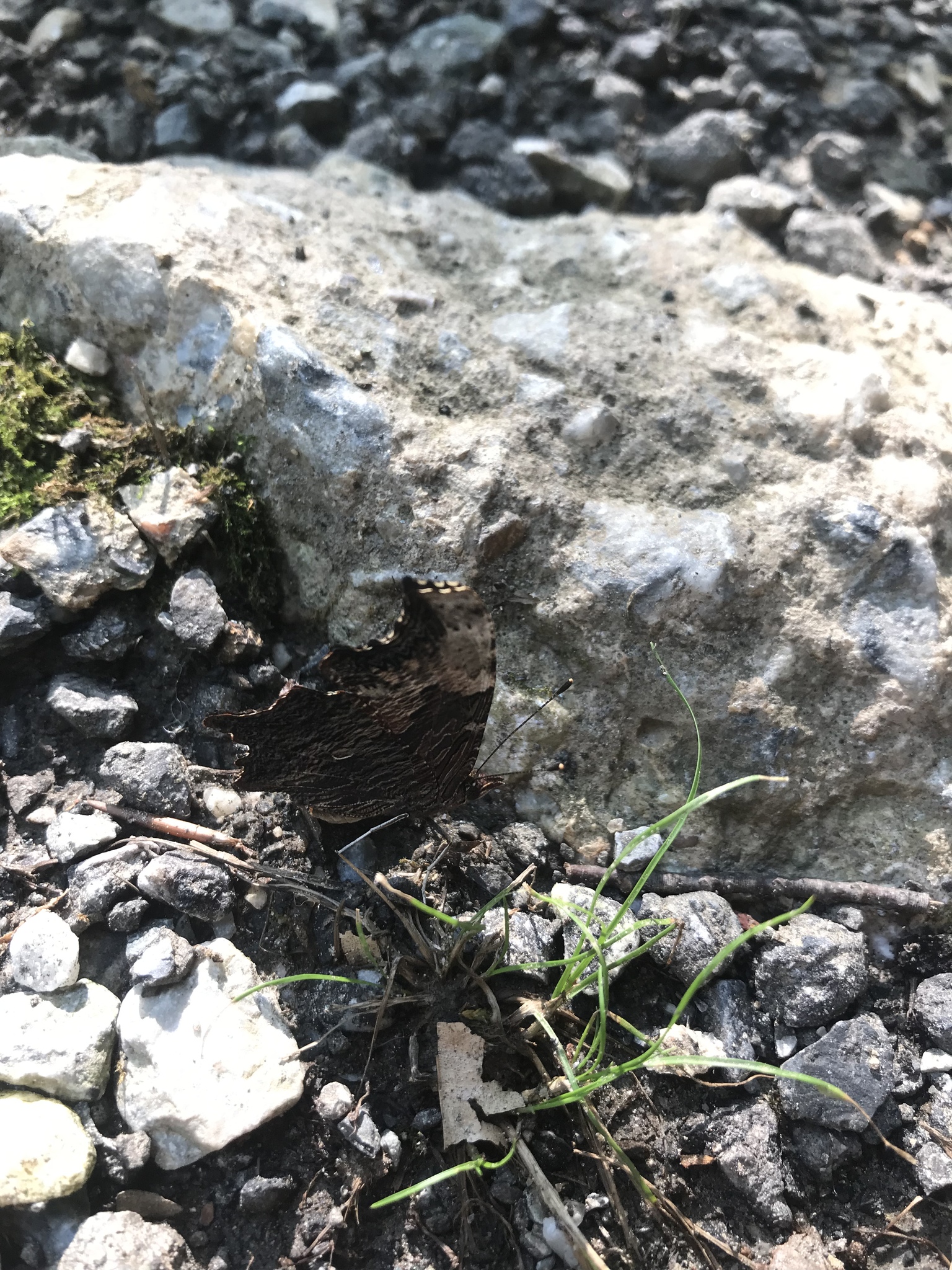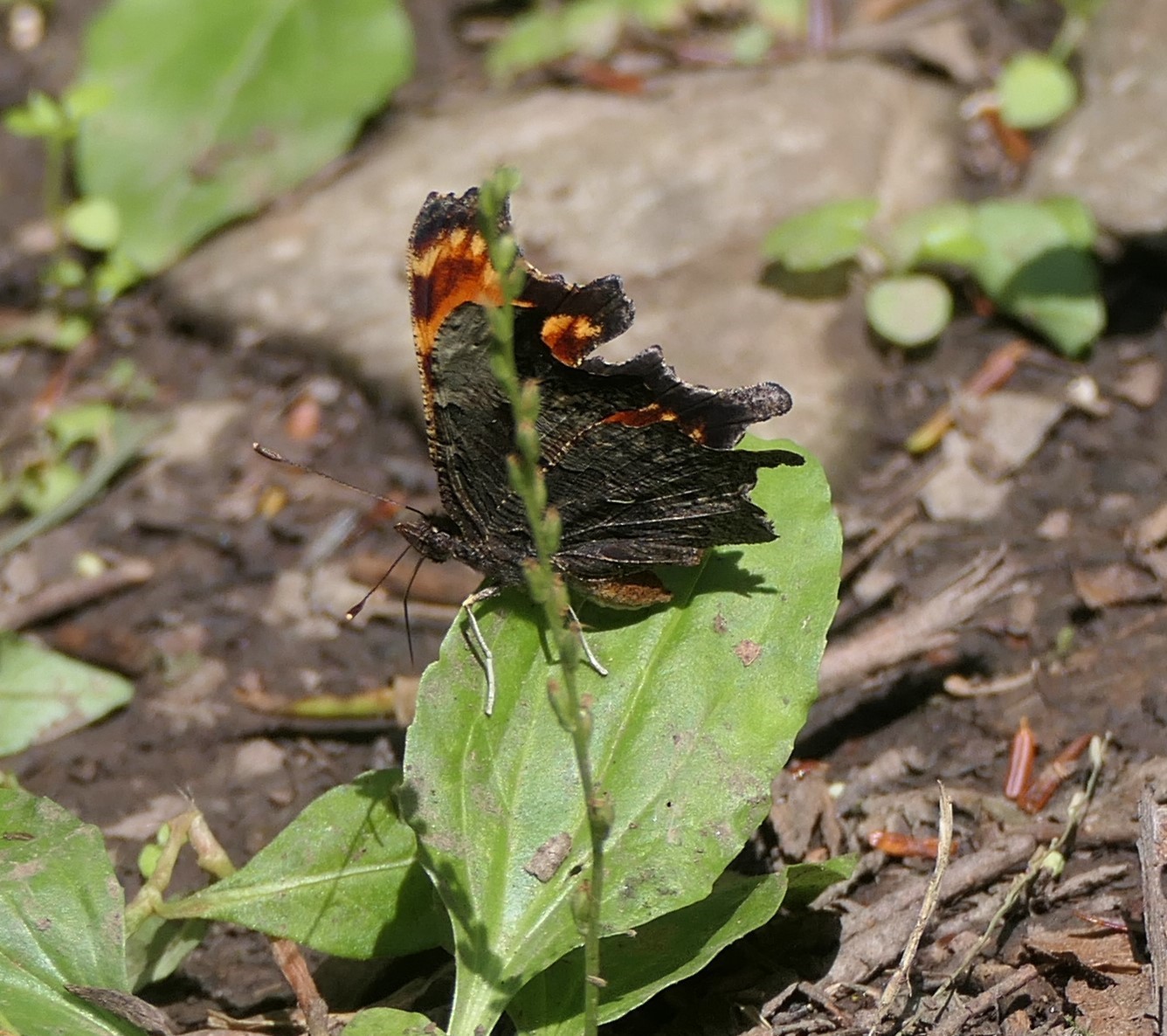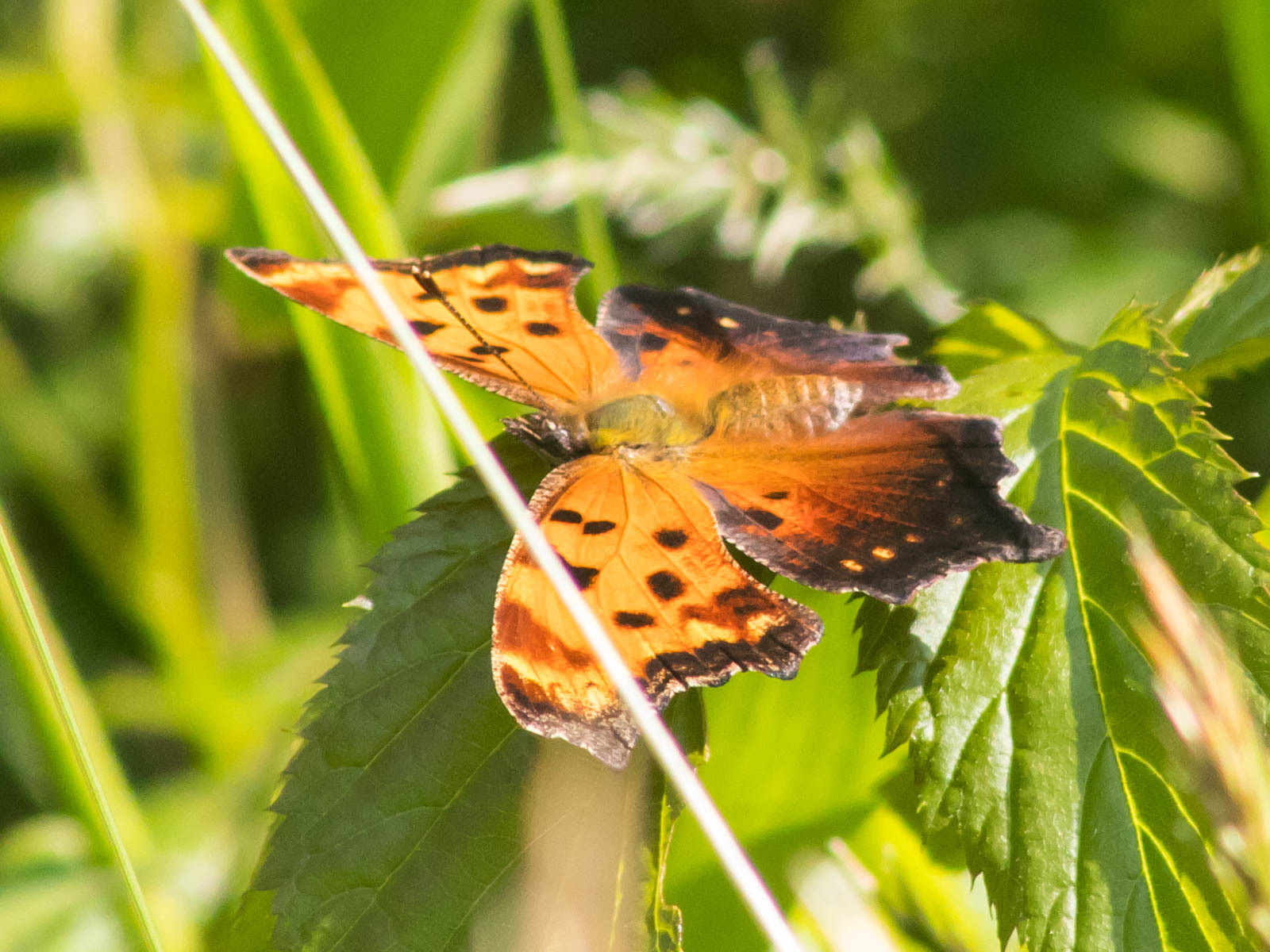Map Snapshot




39 Records
Status
Gray Comma (Polygonia progne) is a beautiful anglewing species of deciduous woodland habitats in eastern North America. This butterfly is very similar to the more numerous Eastern Comma, and care should be taken to distinguish the two. Like Eastern Commas, this species prefers rotting fruit and sap to flowers, and the species is seldom seen on blossoms. This species is double-brooded, and the summer individuals are somewhat darker above (Butterflies of Maryland: A Biological Summary and Checklist by Lynn Davidson & Richard Smith; Allen, 1997).
Description
Gray Comma is most easily confused with relatives in the genus Polygonia. The larger Question Mark (Pologonia interrogationis) generally has more strongly-hooked forewings, a longer tail on the hindwing, and four subapical spots on the forewing, while commas have just three spots here. The very similar Eastern Comma can be difficult to tell from Gray Comma, but can be discerned by noting certain combinations of characters. On the upperside, Gray Comma is very similar to Eastern, but usually has a darker hindwing (note that summer form Eastern can have similarly dark hindwings). On the underside, under close scrutiny, Gray Comma has a very distinctive, beautifully striated effect,and tends towards colder gray, often bicolored coloration, while Eastern is usually warmer shades of brown, and usually lacks strong striping. The silvery comma marking on Eastern is usually thick, and with strong hooks on both ends, while the marking is normally thin and shallow, with tapered ends on Gray (Glassberg, 1999).
Where To Find
Rich deciduous forests. It often likes to land on dirt roads or puddle at wet mud.
Relationships
Gray Comma preferentially uses gooseberries (Ribes spp.), and apparently prefers Appalachian Gooseberry (Ribes rotundifolium) in West Virginia. The species reportedly occasionally uses elms as well (Allen, 1997). Gray Comma may have once been more common, having spread over the mid-Atlantic with the cultivation of European Gooseberry and other Ribes species. However, with the rise of rust on white pine (for which Ribes is an interstitial host), Ribes was systematically exterminated in much of the native range of white pine to prevent transmission. (R. Borchelt, pers. comm.)
Seasonality Snapshot
Source: Wikipedia
| Polygonia progne | |
|---|---|

| |
| Scientific classification | |
| Domain: | Eukaryota |
| Kingdom: | Animalia |
| Phylum: | Arthropoda |
| Class: | Insecta |
| Order: | Lepidoptera |
| Family: | Nymphalidae |
| Genus: | Polygonia |
| Species: | P. progne
|
| Binomial name | |
| Polygonia progne (Cramer, 1775)
| |
| Subspecies | |
| |
| Synonyms | |
Polygonia progne, the gray comma or grey comma, is a species of Polygonia that occurs in North America.
Description
[edit]Its wingspan is between 4.4 and 6.3 cm. The top of the wings is bright orange brown while the summer forms often have a dark border on the hindwing. Both winter and summer forms have few yellow spots on their wing borders. The underside of the wings have L-shaped silver markings and are charcoal gray.
Habitat
[edit]They can often be found around dirt roads and stream beds. Most often they are found in hilly terrain or canyon lands.
Life cycle
[edit]The adults are on wing two times a year, once in April and May and another in June and August. During the first flight the adults mate and lay eggs. These eggs will hatch and become the summer generation. The summer generation's eggs will hatch in October and hibernate.
Larval foods
[edit]Adult foods
[edit]References
[edit]- ^ "NatureServe Explorer 2.0 Polygonia progne Gray Comma". explorer.natureserve.org. Retrieved 3 October 2020.
- Markku Savela. "Nymphalis progne (Cramer, [1775])". Lepidoptera and Some Other Life Forms. Retrieved 2008-11-18.
- "Species Polygonia progne - Gray Comma". Retrieved 2008-11-18.
External links
[edit]- Grey comma, Butterflies of Canada

